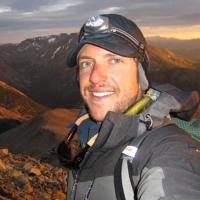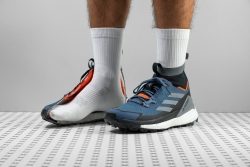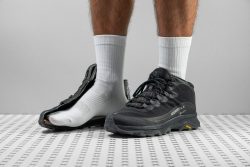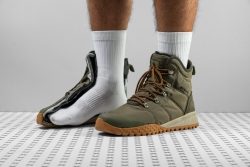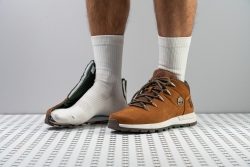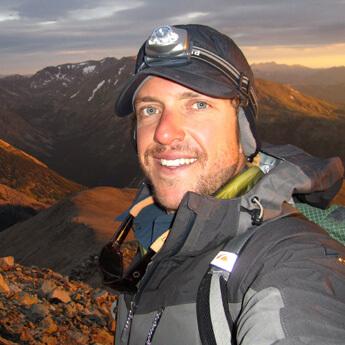5 Best Boots For Light Hiking in 2025

We buy shoes ourselves. We earn commissions when you buy through us, at no extra cost. Why trust us
Often called by outdoor enthusiasts as trail-to-town boots, these models come with the superb comfort, sturdiness, and protection you need to tackle the easy trails and still look great if hitting the town afterward.
To help you find the perfect boot for light hiking, we’ve personally tested and reviewed them on our test hikes and in our lab. Look at the picks we've highlighted to find the right one!
How we test boots for light hiking
Each hiking boot in our inventory is thoroughly scrutinised inside the RunRepeat lab:
- We purchase hiking boots using our own funds.
- We hit the trails to have a first-hand experience using the boots.
- After wear tests, we cut the boots in half to measure their stack heights, shock absorption, lug depth, traction, outsole thickness, and other parameters that are important for light hiking.
- We publish all of this data in a way that allows you to compare hiking boots based on their features.
Best boots for light hiking overall
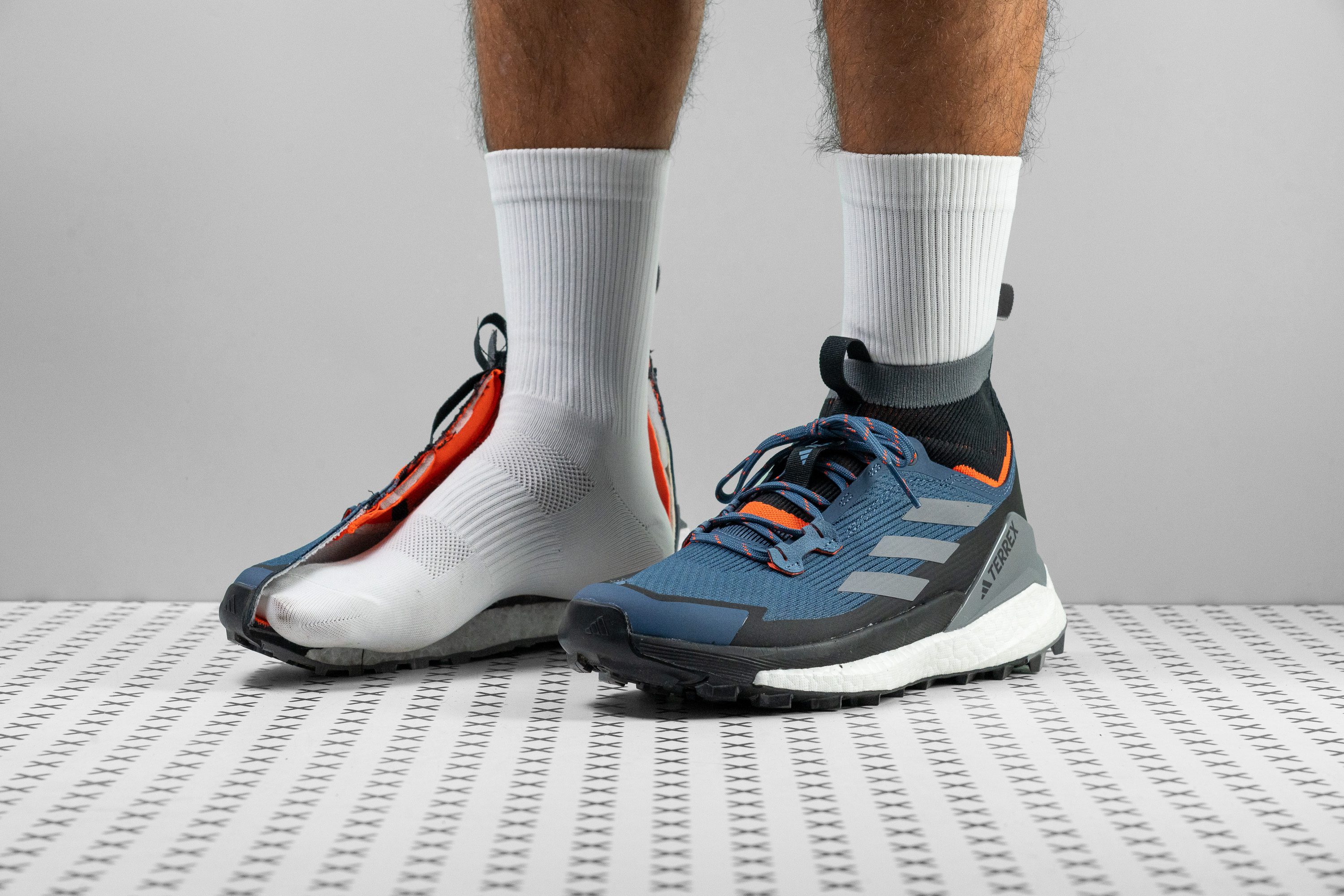














































What makes it the best?
We found that one boot that’s absolutely remarkable for light hikes is the Adidas Terrex Free Hiker. It is basically an upgraded sneaker for hiking, so advancing on terrains is a cakewalk. Combining the excellent cushioning and bounce of this boot with its reinforcing ankle collar, our gaits felt so great!
First step on the foam of the Adidas Terrex Free Hiker 2, and we already had a taste of utopia. We were so at ease from the get-go, we didn’t even mind walking for hours. We also found our feet moving more naturally in this hiker. Our energy return test shows a solid 66.0% score, which helps reduce the effort we have to give with each step. Long or short walks, our gaits are unstrained.
What also made the Adidas Terrex Free Hiker 2 ideal for less strenuous hikes is its super-light construction. At 13.5 oz (383g), this one is 20% lighter than the average hiking boot.
The only thing that stings is its high price of £200, setting us back by 13.4% more than other hiking boots. We recommend searching for more affordable pairs if your budget is limited.
Pros
- Extremely well-cushioned
- Exceptionally lively and bouncy underfoot
- Luxuriously padded interior
- Grippy and durable lugs
- Tackles wet surfaces confidently
- Very flexible and forgiving
- Excellent airflow
- Feels incredibly stable underfoot
- Supportive heel collar
- Rockered midsole
- Relatively lightweight
- High-quality construction
- Eye-catching design
Cons
- Needs breaking in
- Tricky to put on
- Expensive
Best lightweight boots for light hiking








































What makes it the best?
We’ve worn and scrutinised light hiking boots in the lab and found the Merrell Moab Speed Mid GTX to be the ultimate lightweight boot. It does the greatest job of keeping our feet free from stress and fatigue with its airy build, protective nature, cushioned midsole, and bouncy ride.
This boot only weighed 11.7 oz (332g), which is 34.1% lighter than other boots we tested. It’s actually closer to the feel of a trail shoe. But apart from its extreme lightness, what's impressive is its luxurious and responsive cushioning. Our durometer confirms its plush feel, emerging 26.2% softer than average. The perfect combination of lightness and energy return had us sustaining quicker paces with less effort.
What we truly appreciated is this light boot didn't skimp on support. No second-guessing our steps with this pair's ankle support, which enhances our stability even on difficult terrains. Its grippy outsole with 3.5 mm lugs also ensures every step feels surefooted.
We found the Gore-Tex upper useful even on light hikes, allowing us to continue without worries in wet conditions. Our feet stayed dry and protected throughout as the tightly-knit upper also kept debris away.
A minor nitpick was the fidgety laces during our test hikes, but once secured, we’re all set and good to go.
Pros
- Instant comfort
- Extremely light
- Unrelenting collar
- Mighty ankle support
- Grippy outsole
- Propelling boot
- Watertight
- Comfy all year round
Cons
- Not ideal for backpacking
- Unruly laces
Best boots for light and fast hiking
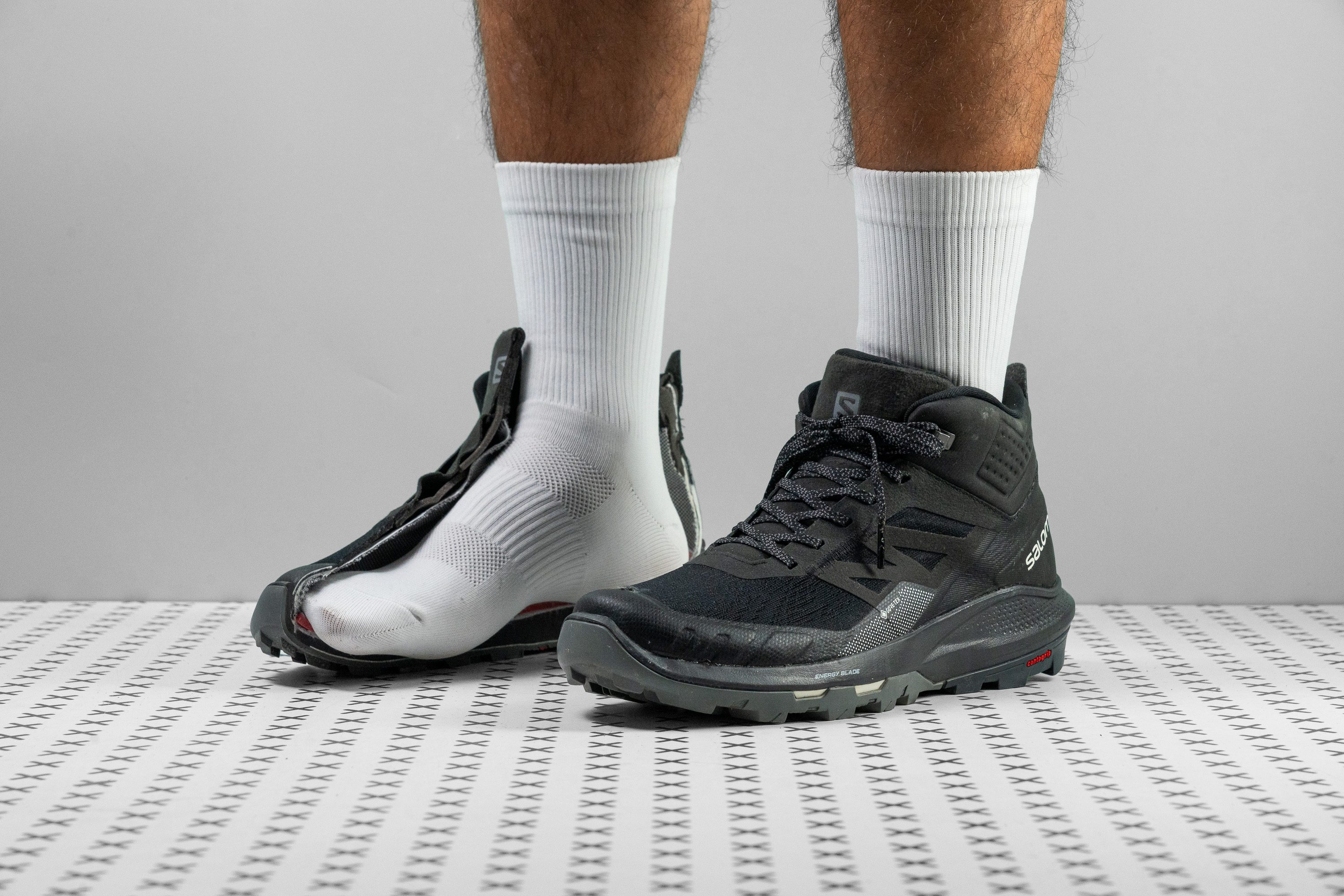













































What makes it the best?
The perfect grippy company for casual-to-fast pace and less technical terrains is the Salomon Outpulse Mid GTX. Light hikes might be less demanding but this hiking boot sure does add the fun to our expeditions with its super tenacious outsole sensational interior.
Softer outsoles are associated with better traction, so good thing that we recorded an 87.5 HC outsole hardness with the Outpulse Mid GTX, which is almost equal to the average hardness of hiking boots. On our hikes, this really displayed great adhesion to the ground, making our rides not only safer but also steadier.
The airiness of this hiking boot also resulted in our gleeful and fatigue-free treks. We found this sensation of weightlessness consistent even for daylong hikes. We also love how easy it is to shift our weight from heel to toe with the flexible construction of the boot. It only required a force of 25.6N to bend the Outpulse Mid GTX, and this is 50.9% easier to bend than most hiking boots.
We expected a better grip on our ankles from the collar. However, at a heel counter stiffness of 3/5, which is close to the average, we were underwhelmed. If you also need a secure ankle hold, we suggest giving other boots a try.
Pros
- Astonishingly light
- Comfy like a sneaker
- Excellent waterproofing
- Very durable build
- Decent impact protection for its low stack
- Low-to-the-ground platform
- Remains soft and flexible in cold weather
Cons
- Loose collar fit
- Not for technical terrain
Best insulated boots for light hiking
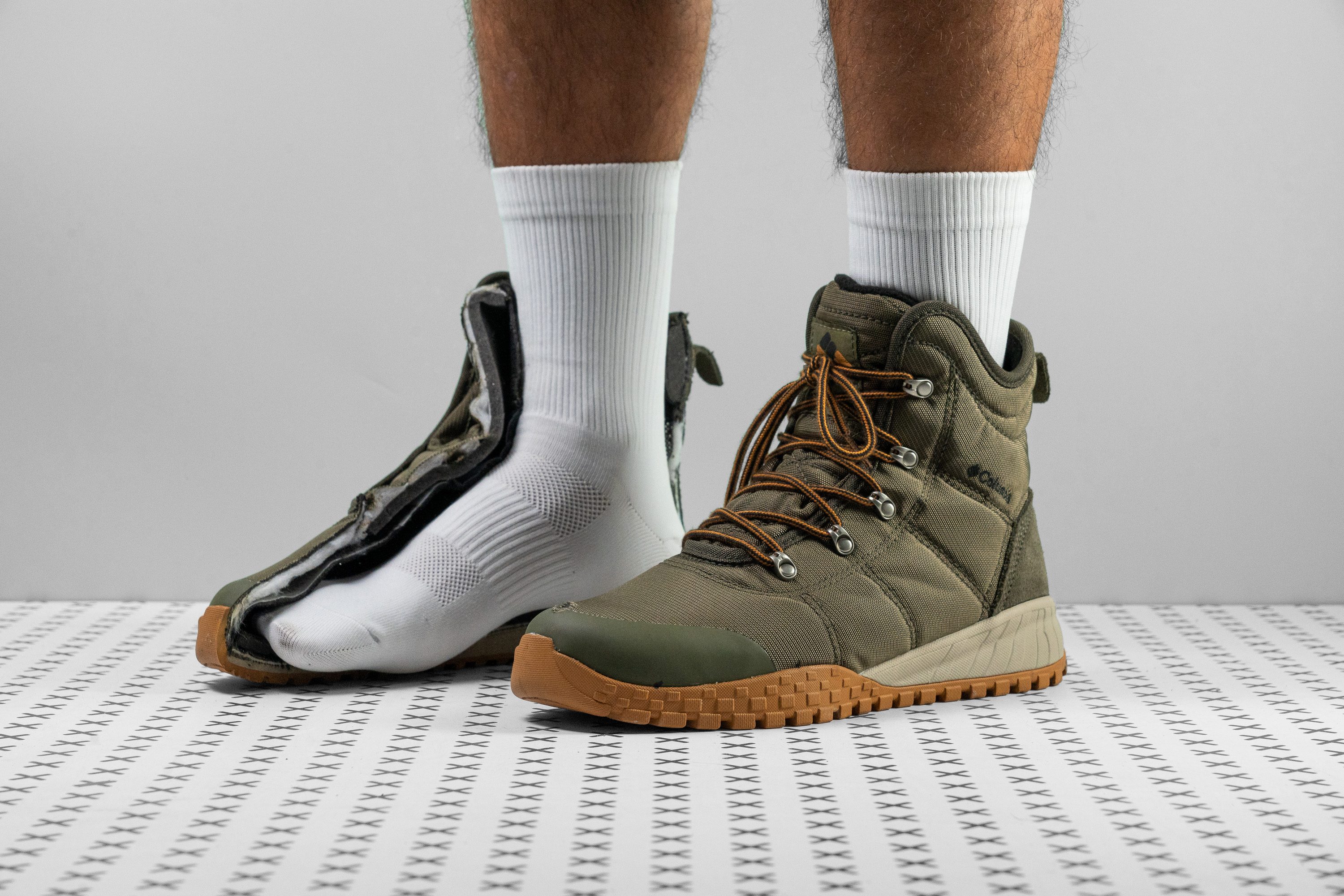














































What makes it the best?
In our extensive testing of light hiking boots, the Fairbanks Omni-Heat stood out for its exceptional insulation, keeping us warm even in sub-zero temperatures. Its remarkable lightness, combined with sneaker-like flexibility and Omni-Tech lining, elevates comfort to new heights.
The Fairbanks Omni-Heat surprises us with its featherlight feel. Weighing just 15.5 oz (439g), it's significantly lighter than the 18.0 oz (508g) average hiking boot. This is attributed to its lower stack height which allows for more flex, and flexible it is! In fact, it exhibited the lowest resistance to bending among all our lab-tested boots, requiring only 12.0N of force to reach 30°, a staggering 62.3% lower than average.
Despite its grounded nature, this boot doesn't compromise on comfort. Its plush cushioning is our saving grace and our durometer confirms it's 25.0% softer than average.
True to its name, it excels in keeping our feet warm throughout the day, thanks to its impermeable upper and reflective Omni-Tech lining that traps our body heat. While its breathability score of 1/5 may sound low on paper, it effectively shields us against water and cold air. We find that it truly shines in temperatures below 40°F (5°C).
However, due to its focus on comfort and flexibility, the Fairbanks Omni-Heat may lack stability for severe overpronators. We recommend these runners to find a more supportive boot.
Pros
- Extremely lightweight
- Keeps you warm in cold weather
- Effective waterproofing
- Amazingly comfortable
- Zero break-in period
- Soft cushioning
- Exceptionally flexible
- Hard-wearing outsole
- Reasonably priced
- Stylish design
Cons
- Not for serious hiking
- Not so sturdy Cordura
Boots for light hiking with the best style
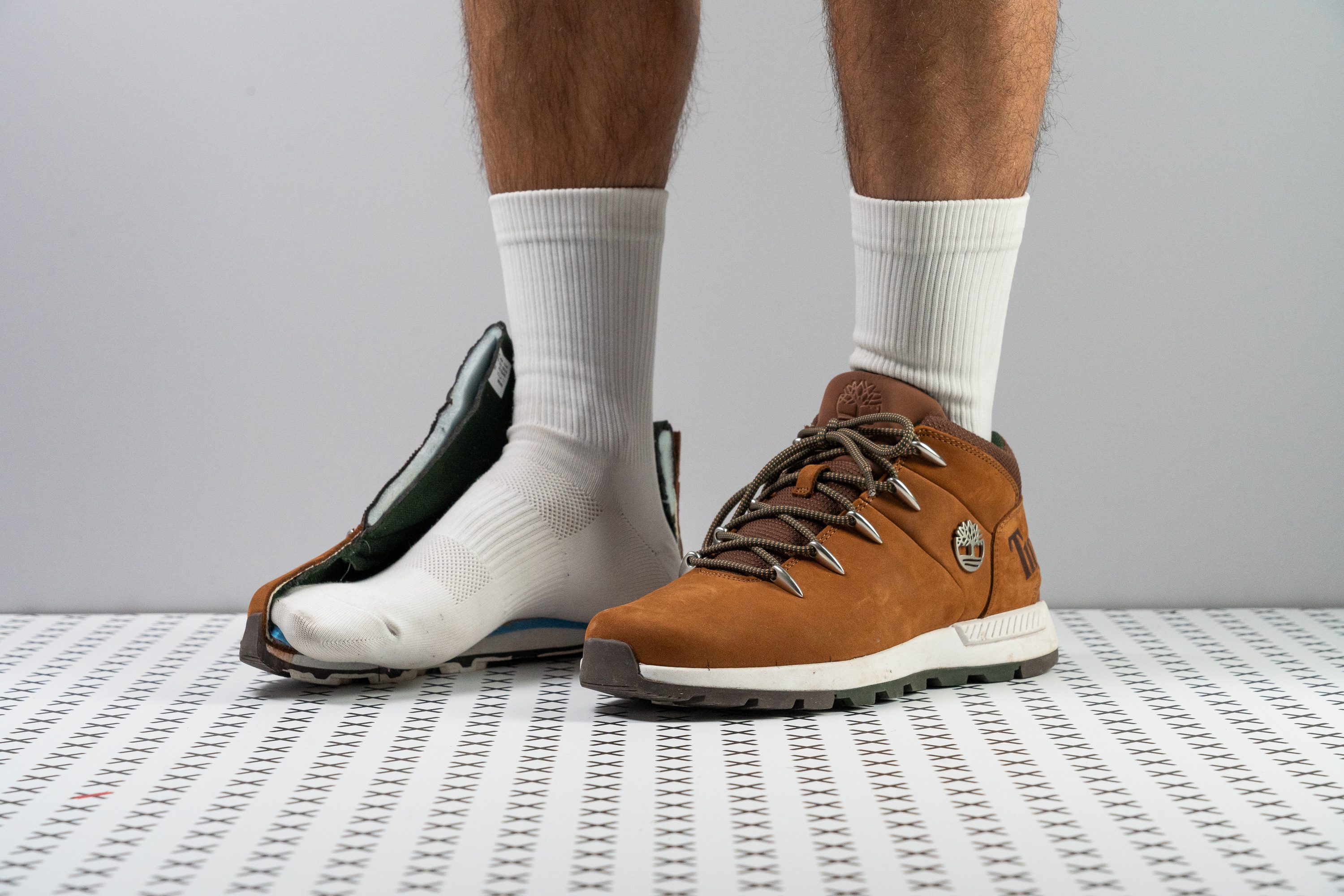
































What makes it the best?
The elegant Timberland Sprint Trekker wins the top spot as the most stylish boot for light hiking. Its sleek leather upper turns heads whilst performing the practical task of keeping our feet protected from the elements. Throw in a really natural feel due to the low drop height and flexible midsole, and we’ve got a stylish, comfortable and functional boot. What’s not to like?!
With its leather upper and classy, mounted eyelets, there are no holes for water to filter into the boot. Our feet remain toasty throughout winter, and the Sprint Trekker can even resist light rain and wet grass due to the natural waterproofing properties of the leather. It even weighs 2 oz (68g) less than the average leather boot, so we felt agile and light-footed instead of heavy and clumsy.
This boot offers a delightfully natural feel while hiking, and when we measured the stack height we understood why. With a heel stack of 26.1 mm, our feet in the Sprint Trekker are 10 mm closer to the ground than average. Overall, we measured a 6.2 mm heel-to-toe drop, compared to the average of 12.4 mm. We loved the natural feel the low drop offers.
The 4 mm lugs measure 0.5 mm less than average, but we found this was more than enough for light hiking on manicured trails. Coupled too with a flexible midsole, we felt confident hiking even in light mud and slush. In the lab, we twisted the boot lengthwise, finally awarding it a middling 3/5 - not too stiff, but not too flexible either. There is, however, enough flex to enhance our grip on rough surfaces.
We don’t recommend the Timberland Spring Trekker to hikers with weak ankles. After our manual assessment of the heel counter, we awarded it a low score of 2/5 for stiffness, compared to the average of 3.3. We don’t feel it supports our ankles sufficiently on technical terrain.
Pros
- Beautiful aesthetics
- Very light for a leather boot
- Hard-wearing rubber outsole
- High-quality nubuck upper
- Deep lugs and great grip
- Comfortable in-shoe feel
- Affordable
Cons
- Not a proper hiking boot
- Narrow restrictive toebox
- Lacks breathability
Boot for light hiking vs. lightweight hiking boots
It’s important to make a difference between lightweight hiking boots and hiking boots for light hiking.
We’ve written about lightweight hiking boots in great detail and know they are great for when you want to travel light and don’t plan to cover very demanding terrain both in terms of the surface and accumulated altitude.
4 features of light hiking boots
When it comes to light hiking boots or boots for light hiking, we’re talking about hiking boots that are great for easier, shorter hikes (therefore, light). Something like hiking boots for beginners оr entry-level hiking boots. These boots are usually:
- Lightweight (we consider hiking boots lightweight if they weigh less than 17.6 oz or 500g)
- Breathable (if not waterproof)
- Flexible
- Hybrid (they can work on both roads and easy trails; that means no technical terrain, scrambling, deep mud, etc.).
The lighter, the better
We say this because, on short and easy hikes that are usually aimed at beginners, you don’t want boots to weigh you down. That would result in premature foot fatigue. Heavier hiking boots are rugged, have more protective layers, more rubber on the toe bumper, maybe even layers of insulation, etc.
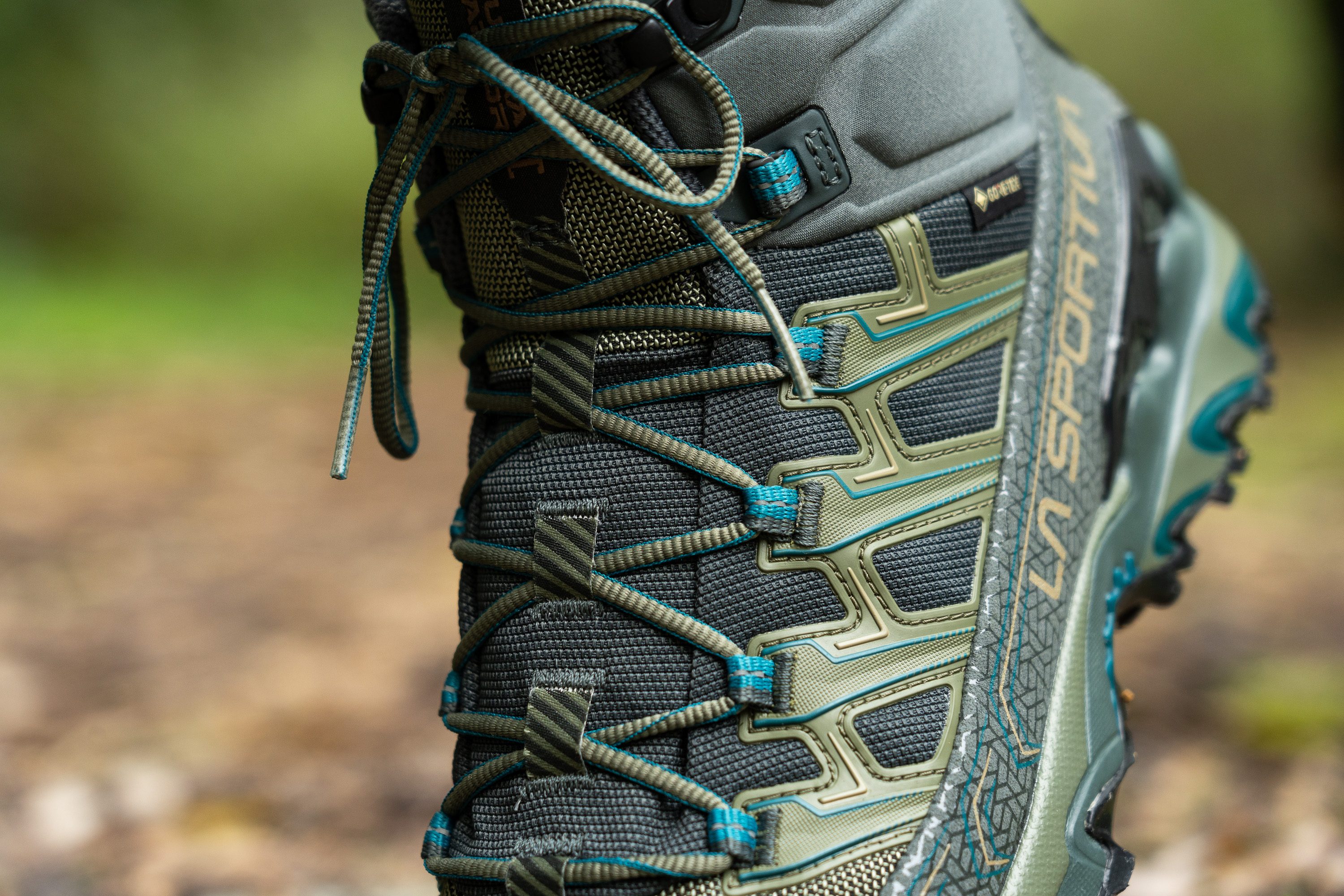
When it comes to the exact weight of the hiking boot, worry not, because we measure every boot in our lab. The measurements sometimes deviate from those published by the manufacturers.
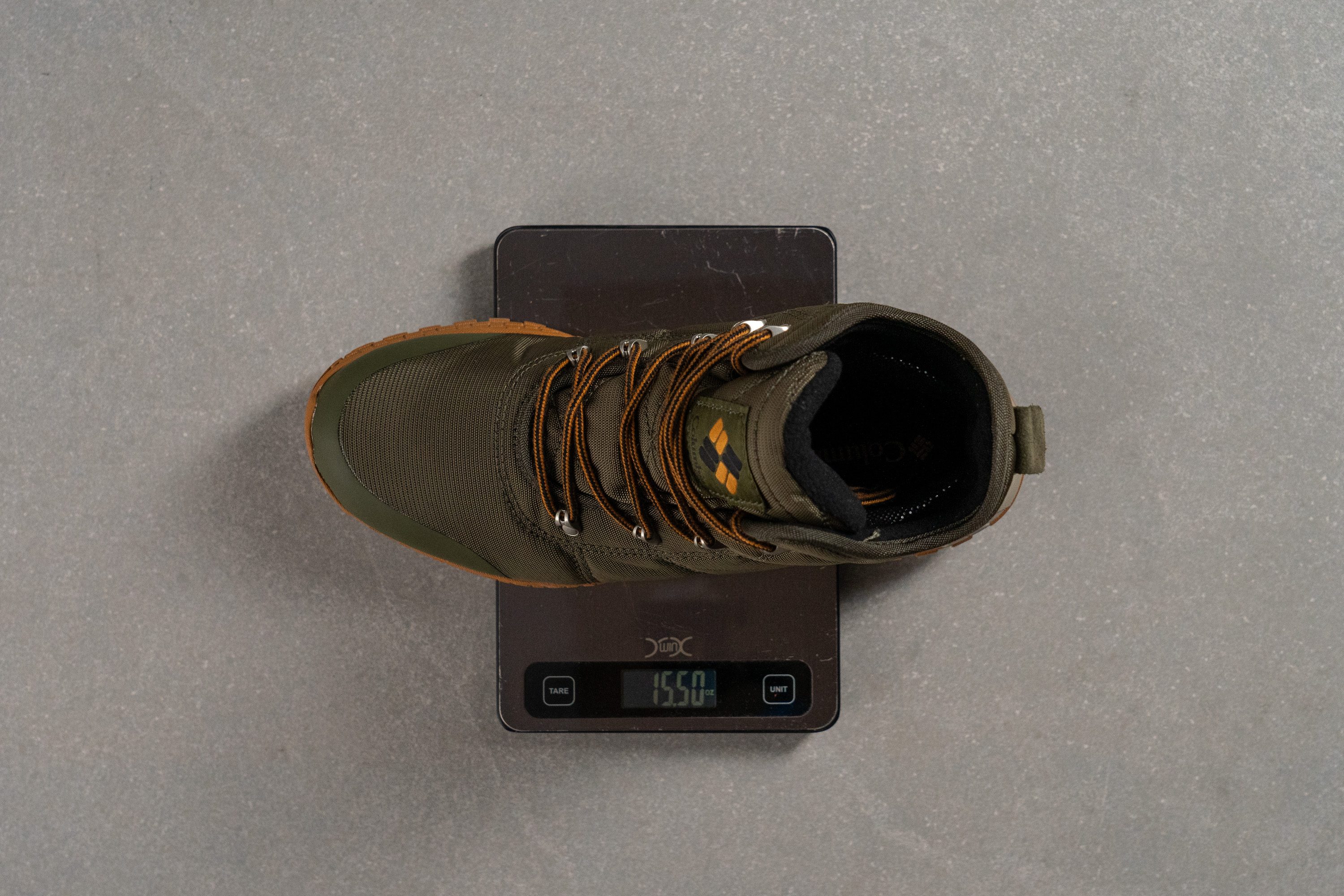
However, even if you decide to go with the heavier boot, it’s great that you’re doing a short distance, so the boots might not get the chance to tyre you out.
Summer-friendly hiking boots for light hiking
If you plan to use the boots during summer, look for very breathable light hiking boots.
In our lab, we test breathability by pumping the smoke into the boots. We then watch where the smoke comes out, how much of it and at which pace. This allows us to rate the breathability of the light hiking boot on a 1-5 scale, where 5 is the most breathable.
Winter-friendly hiking boots for light hiking
When looking for winter-friendly hiking boots, best to look for those that got a rating of 1 or 2 on our breathability tests.
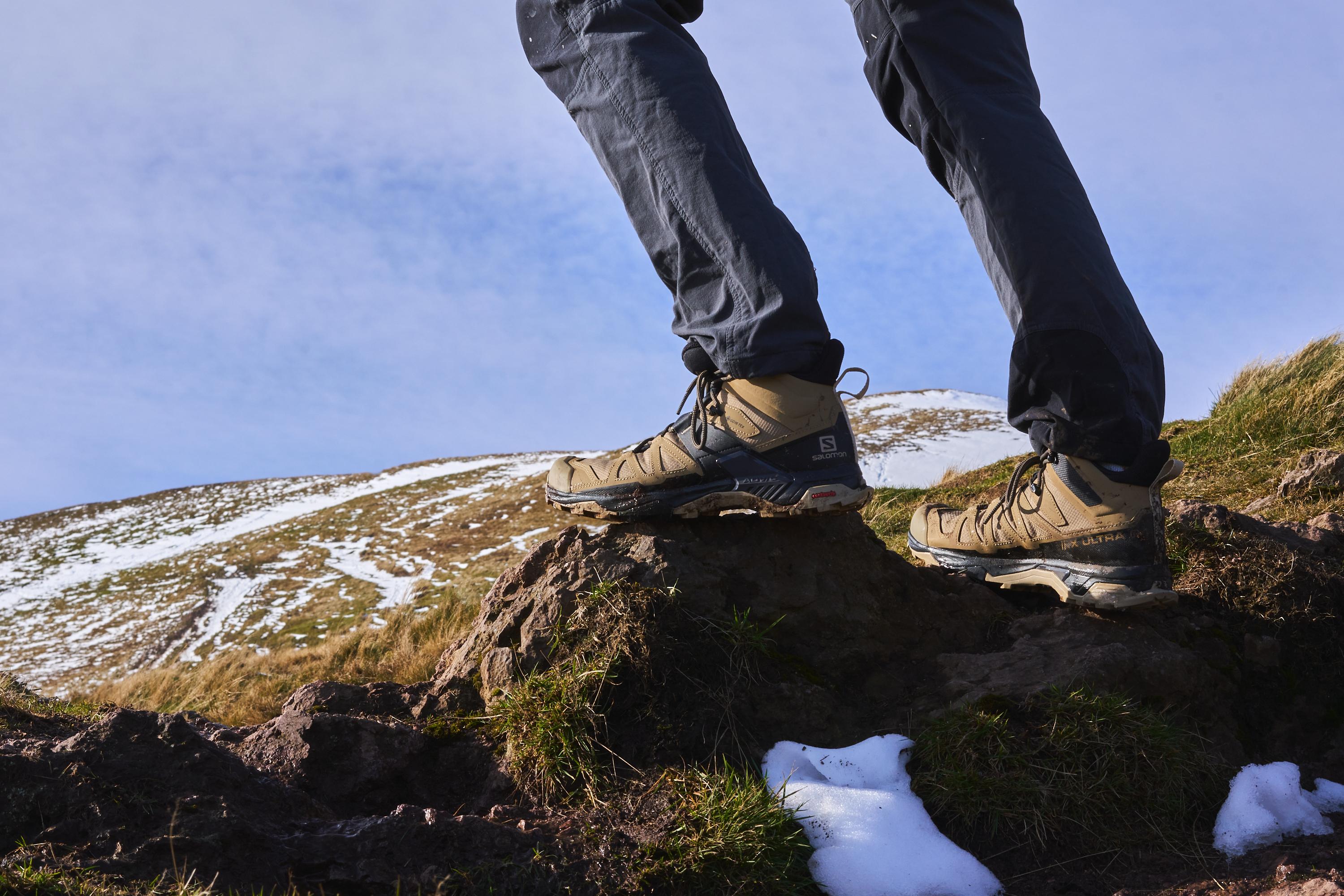
Next to pumping the smoke into the boots, we also examine their upper under the microscope. This allows us to better understand why the boot does or does not breathe.
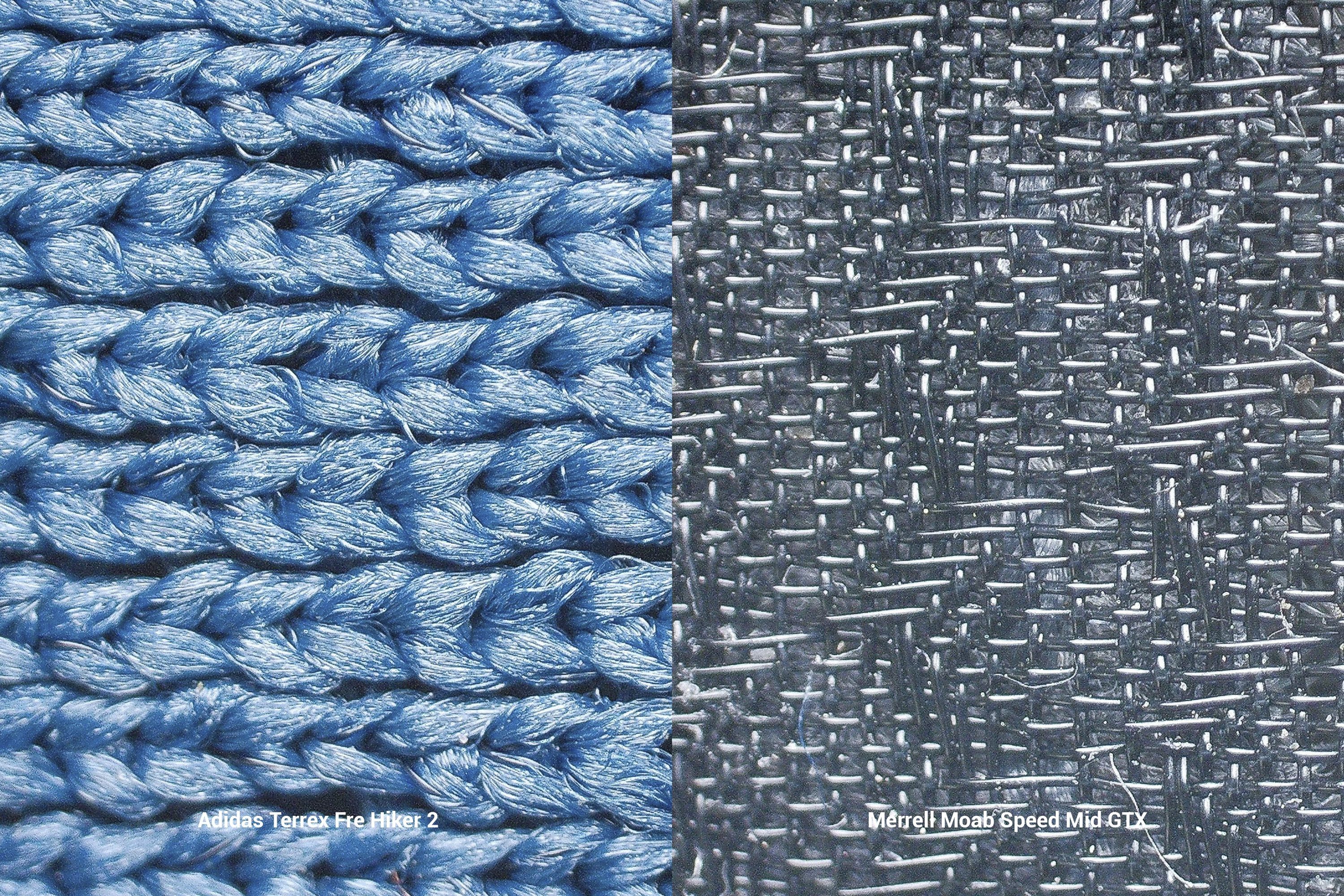
We’re able to see how the uppers that are very breathable have a loose structure or even ventilation holes, while the uppers of waterproof and non-breathable footwear have a very dense structure.
Hybrids: good for roads and trails
Hiking boots that are versatile usually don’t have the deepest lugs out there.

Very deep lugs are kept for mud, slush, snow. And, if you want the hiking boots to work on both roads and trails, or very hard-packed surfaces and soft ground, we recommend choosing
- Shallower lugs (less than 4 mm), or
- Average lugs (around 4mm).
Even if the brand does not offer this data, we measure the depth of the lugs in our lab.
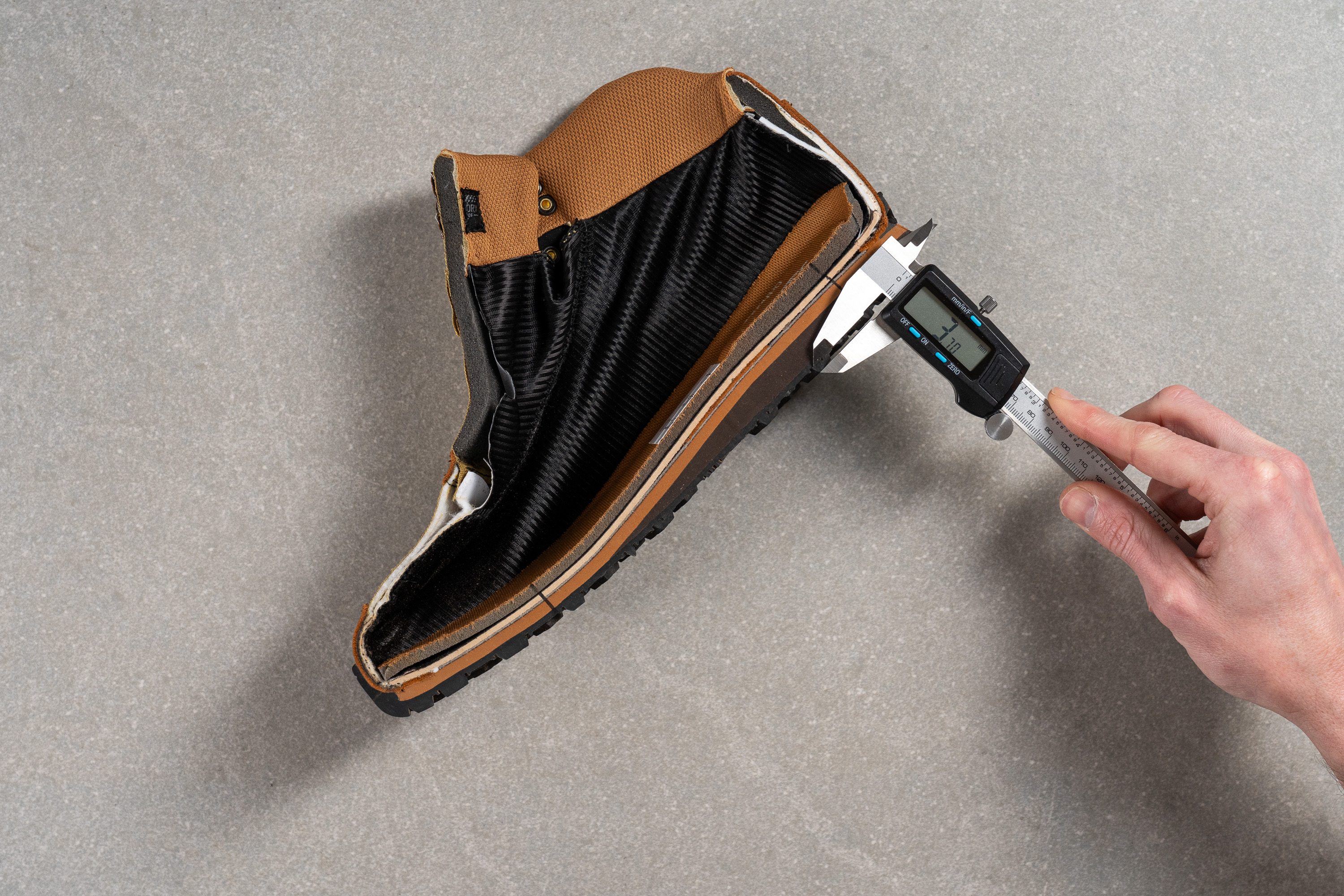
Look for flexibility in boots for light hiking
We advise this because more flexible boots allow for more natural foot movement. Stiffer boots are kept for very demanding terrain, especially when you need all the stability you can get.

One of our lab tests is the flexibility test. We bend the boot to 30 degrees and measure how much force it took the machine to do that.
We also assess the torsional rigidity. We twist the shoes and rate the rigidity on a 1-5 scale, where 1 is the least rigid. Although 1 is usually reserved for barefoot/minimalist hiking boots.
Waterproofing is a two-edged sword
On one hand, it’s great because you get, well, waterproofing. Water can’t get inside, your feet stay dry. But, this also means that the waterproof boots are not breathable. So, if the water does get inside somehow, maybe from rolling down your legs/trousers or through the eyelets, there’s no way for it to get out. And that can mean blisters, to start with.

Also, if it is a really hot day and your feet sweat a lot, that sweat is not evaporating out.

We always do the breathability tests and they have confirmed that the waterproof boots simply don’t breathe well or at all.
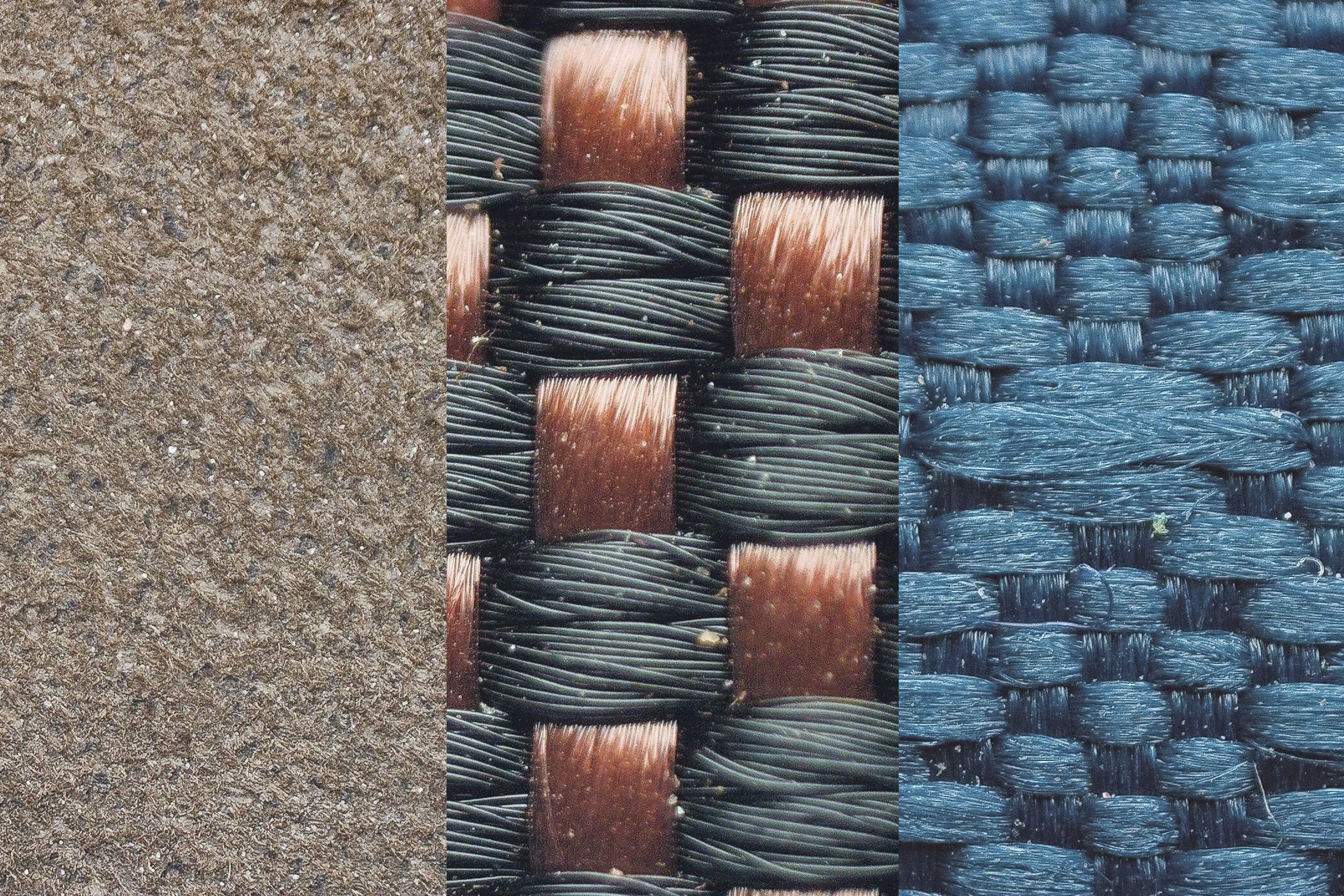
So, go for waterproofing only if you plan to hike in very moist or wet conditions and if it’s not burning hot outside. When the weather is good (hot summer day), the water and sweat are easy to evaporate and your socks to dry in very breathable boots.
